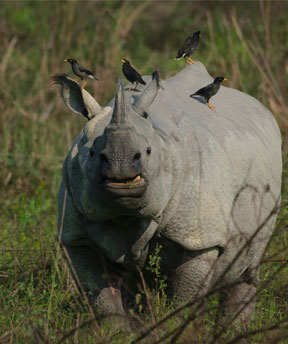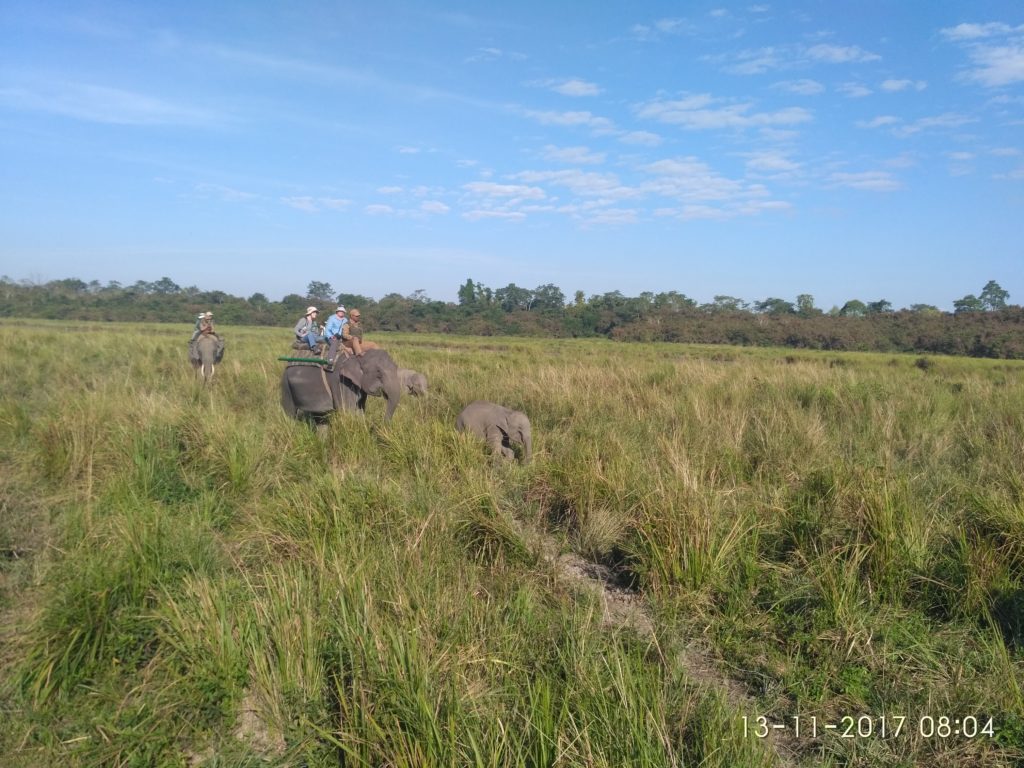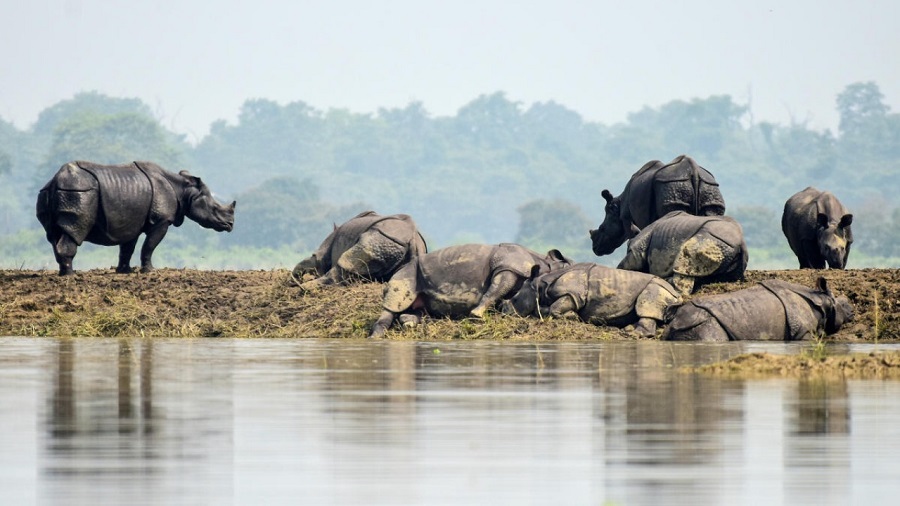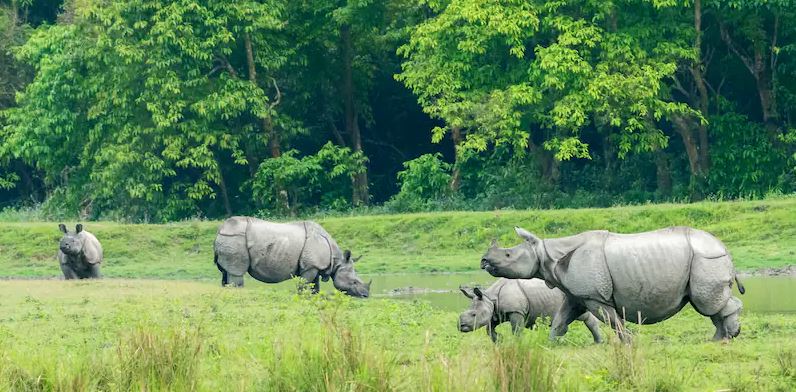
Kaziranga National Park and UNESCO Declared World Heritage Place, Assam India
Introduction: Kaziranga National Park
Kaziranga National Park has now become the protected area of global significance. Strategically located in the Indian state of Assam; KNP provides an ideal habitat for a wide variety of wildlife species. Shares its boundary with the southern bank of the Brahmaputra River at the foot of the Mikir – Karbi Anglang Hills about 8 km from Bokakhat and 220 km east of Guwahati, Kaziranga is the well known national park among the wildlife enthusiasts. As of now many of these are endangered species, and are found limited to small areas within the state, most notably Kaziranga National Park. The area was declared as a forest reserve in the year of 1905 and in 1985 the 430 square kilometers park was give the status of Natural World site due to presence of outstanding and varied bio-diversity. If we talk over the last hundred years Kaziranga National Park has become the habitat for many jeopardized species: the KNP is an abode to about sixty percent of the world population of Indian one-horned Rhinoceros, about fifty per cent of the endangered Asiatic wild water buffalo, eastern swamp deer of about 400 animals.
 Kaziranga National Park has been crowned with the top national park in the world for its major conservation success that increased the number of rhinoceros: a few were recorded when the park was first established. In the first survey in 1966 with the population counts recovering to 366 and 1,552 in 1999; today numbers are still on the increase.
Kaziranga National Park has been crowned with the top national park in the world for its major conservation success that increased the number of rhinoceros: a few were recorded when the park was first established. In the first survey in 1966 with the population counts recovering to 366 and 1,552 in 1999; today numbers are still on the increase.
Historical Background of Kaziranga National Park
The history of Kaziranga National Park dated back to 1904, when the wife of Lord Curzon (the then Viceroy of India), Mary Victoria Leiter Curzon, visited the area. She could not see even a single rhino, for which the area was renowned. She urged her husband to initiate planning for their protection and to take urgent measures. On 1st June 1905 it was proposed to declare Forest Reserve Area within the area of 232 square kilometers. Just after three years, the park geographical area was extended by 152 square kilometers up to the Banks of the Brahmaputra River. In the year of 1916, it was transformed into a game sanctuary – ‘The Kaziranga Game Sanctuary’ and remained up to 1938. Further in the year of 1950 the Kaziranga Game Sanctuary was renamed as Kaziranga Wildlife Sanctuary. In 1985, Kaziranga National Park was declared a World Heritage Place by UNESCO for its unique natural environment.
Climate and Best Time to Visit Kaziranga National Park
The area around Kaziranga National Park experiences mainly three seasons. The summer season which is dry and windy, starts from mid February and extends up to May with mean and maximum temperature of 37 degrees to 7 degrees. The monsoon season starts from June to September when weather conditions are hot and humid. November to March is winter season and the weather conditions are mild and dry. The month of November to April is the best time to visit Kaziranga National Park.
Flora of the Kaziranga National Park
The area of Kaziranga National Park is bestowed with mainly four types of vegetation, namely alluvial inundated grassland, alluvial savanna woodlands, tropical moist mixed deciduous forest, and tropical semi-evergreen forests. The common trees and shrubs found in the Kaziranga National Park are Albizia procera, Duabanga grandiflora, Lagerstroemia speciosa, Crateva unilocularis, Sterculia urens, Mallotus philippensis, Aphania rubra, Grewia serrulata, Bridelia retusa, Leea indica, and Leea umbraculifera.
Fauna of the Kaziranga National Park
Kaziranga National Park is globally acknowledged for its importance as one of the most suitable habitat of the great Indian one-horned rhinoceros. About 70 per cent of the world’s total wild populations are found in the Kaziranga National Park. Apart from rhinoceros, it also acts as a home to world’s largest population of Asiatic Wild Buffalo. The rare swamp deer is also found here in Kaziranga.


